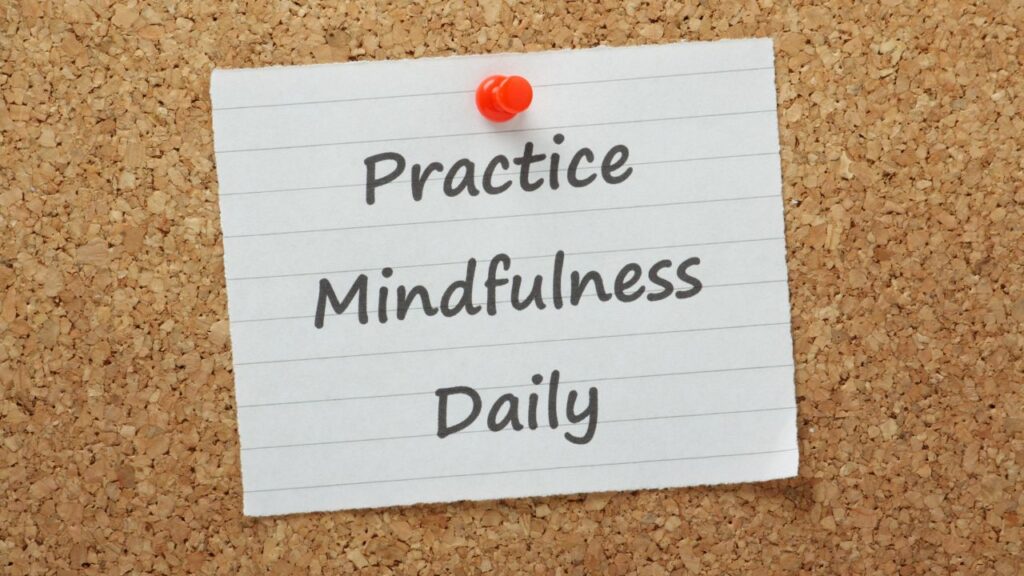In today’s hyper-connected world, it’s easy to feel overwhelmed and consumed by the constant barrage of digital distractions. From endless scrolling on social media to incessant email notifications, our devices often hijack our attention and steal precious time away from more meaningful pursuits. That’s where the digital detox comes in. By intentionally unplugging from technology and reconnecting with the world around us, we can regain control of our time and focus, leading to greater clarity, productivity, and well-being. In this article, we’ll explore 11 essential strategies for mastering the digital detox and reclaiming your time and attention.
1. Set Clear Boundaries:
The first step in embarking on a digital detox is to set clear boundaries around your technology use. Define specific times and places where technology is off-limits, such as during meals, before bed, or during designated “unplugged” days. Communicate your boundaries to friends, family, and colleagues to set expectations and minimize disruptions. Setting clear boundaries helps you establish healthy habits and create space for more meaningful activities and connections.
2. Create a Tech-Free Zone:
Designate a specific area in your home as a tech-free zone where electronic devices are not allowed. This could be your bedroom, dining room, or any other space where you want to foster relaxation, connection, and presence. Remove or store electronic devices out of sight and reach, and fill the space with books, art, plants, or other items that promote tranquility and well-being. Creating a tech-free zone provides a sanctuary from the constant onslaught of digital stimuli and allows you to fully engage with the present moment.

3. Schedule Regular Tech Breaks:
Incorporate regular tech breaks into your daily routine to give your mind and body a chance to rest and recharge. Set aside specific times throughout the day to disconnect from your devices and engage in offline activities such as reading, walking, or spending time in nature. Use a timer or smartphone app to remind you when it’s time to take a break and stick to your schedule consistently. Taking regular tech breaks prevents burnout, improves focus, and enhances your overall well-being.
4. Practice Mindful Tech Use:
Develop awareness and intentionality around your technology use by practicing mindful tech use. Before reaching for your phone or computer, pause and ask yourself why you’re using it and what you hope to accomplish. Set a specific intention for your tech usage, whether it’s to communicate with a friend, complete a task, or relax and unwind. Notice how you feel before, during, and after using technology, and adjust your habits as needed to promote balance and mindfulness.
5. Limit Social Media Consumption:
Social media can be a major source of distraction and dissatisfaction, leading to feelings of comparison, anxiety, and overwhelm. Take control of your social media consumption by setting limits on your usage and curating your feeds to include only content that inspires and uplifts you. Use tools and apps to track your screen time and set reminders when you’ve reached your limit. Consider taking regular breaks from social media or participating in digital detox challenges to break free from the cycle of endless scrolling.

6. Unsubscribe from Email Lists:
Email overload can be a major source of stress and overwhelm, inundating your inbox with a constant stream of messages and notifications. Take back control of your inbox by unsubscribing from email lists and newsletters that no longer serve your interests or priorities. Set aside dedicated time each day or week to process and respond to emails, and use filters and labels to organize your inbox and prioritize important messages. Simplifying your email inbox reduces clutter and frees up mental bandwidth for more important tasks and activities.
7. Practice Digital Sabbaths:
Give yourself the gift of a digital Sabbath by unplugging from technology for an entire day or weekend. Designate one day each week or month as a digital Sabbath where you abstain from using electronic devices and engage in offline activities such as reading, spending time with loved ones, or pursuing hobbies and interests. Use your digital Sabbath as an opportunity to recharge your batteries, reconnect with yourself and others, and cultivate a deeper sense of presence and gratitude.
8. Embrace Analog Activities:
Rediscover the joy of analog activities such as reading physical books, writing with pen and paper, or playing board games with friends and family. Engaging in analog activities allows you to slow down, savor the moment, and engage your senses in a way that digital devices cannot replicate. Make time each day to incorporate analog activities into your routine and notice how they nourish your mind, body, and soul.
9. Practice Digital Mindfulness:
Practice digital mindfulness by bringing awareness and intentionality to your online interactions and experiences. Before clicking on a link or engaging with content, pause and ask yourself whether it aligns with your values and priorities. Notice how you feel after consuming digital content, and be mindful of any negative emotions or reactions that arise. Cultivate discernment and critical thinking skills to navigate the digital landscape with greater awareness and integrity.

10. Cultivate Offline Connections:
Invest in meaningful offline connections by prioritizing face-to-face interactions and quality time with loved ones. Make time each week to connect with friends, family, and community members in person, whether it’s through shared meals, outdoor activities, or meaningful conversations. Foster deep, meaningful relationships that nourish your soul and provide support and companionship in times of need. Building offline connections strengthens your social support network and enhances your overall well-being.
11. Reflect and Evaluate:
Regularly reflect on your digital habits and evaluate their impact on your life and well-being. Ask yourself questions such as: How does technology enhance or detract from my quality of life? What habits support my goals and values, and which ones hinder them? What changes can I make to create a healthier relationship with technology? Use your reflections to make intentional choices about your digital consumption and habits, and adjust as needed to align with your values and priorities.
Conclusion:
Embarking on a digital detox is a powerful way to reclaim your time, attention, and well-being in a world dominated by technology. By incorporating these 11 essential strategies into your life, you can cultivate a healthier relationship with technology, foster greater presence and mindfulness, and create space for more meaningful connections and experiences. Whether you’re setting clear boundaries, practicing mindful tech use, or embracing analog activities, each strategy empowers you to take control of your digital life and live with greater intention and purpose. So seize the opportunity to master the digital detox and reclaim your time and attention today!











